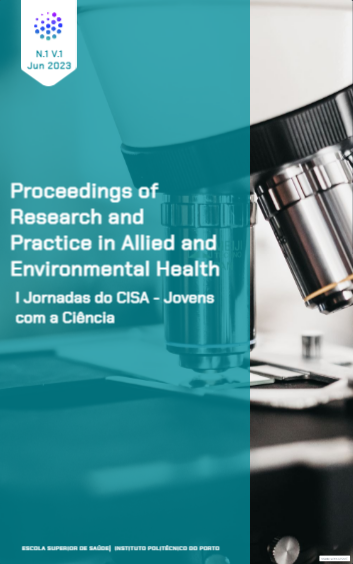Abstract
Introduction: Influenza is a respiratory disease caused by the highly transmissible influenza virus in humans [1]. Vaccination is a crucial strategy for preventing influenza and its associated complications [2,3]. This paper aims to provide a comprehensive assessment of the vaccine effectiveness (VE) of seasonal influenza vaccines (SIVs) in individuals aged 15 to 64 years through a systematic review and meta-analysis of randomized controlled trials (RCTs) and observational studies (TNDs). Methods: A systematic review with meta-analysis was performed to identify all relevant studies that examined the effectiveness of SIVs. The primary outcome measure of interest was the VE against laboratory-confirmed influenza, regardless of the viral strain. To evaluate the quality of the included studies, the researchers utilized the Cochrane risk-of-bias tool for RCTs and the ROBINS-I tool for TNDs, which assessed the methodological quality and potential biases in study design, conduct, and analysis. Results: The search process yielded a total of 2993 records, and after a thorough evaluation, 125 studies from 73 papers met the inclusion criteria and were included in the meta-analysis. Among the included studies, 9 were RCTs, which provide a higher level of evidence, and 116 were TNDs, which offer valuable real-world data. The pooled VE estimate for RCTs was determined to be 48% with a 95% confidence interval (CI) ranging from 42% to 54%. This finding indicates that, on average, SIVs reduced the risk of laboratory-confirmed influenza by 48% among individuals aged 15 to 64 years in the RCTs. For the TNDs, the adjusted VE estimate was found to be 39.9% with a 95% CI of 31% to 48%. Adjusted VE accounts for potential confounding factors that may influence the vaccine's effectiveness, such as age, comorbidities, and other variables. Additionally, the non-adjusted VE estimate for TNDs was 41% with a 95% CI of 37% to 45%. Conclusion: The key factor influencing VE is the match between the influenza strains included in the vaccine and the strains currently circulating in the population. A high level of strain match enhances the effectiveness of SIVs in preventing laboratory-confirmed influenza cases. These findings highlight the importance of ongoing surveillance and timely updates of the vaccine composition to ensure optimal protection against the circulating influenza strains.
References
Boktor SW, Hafner JW. Influenza. StatPearls. Treasure Island (FL): StatPearls Publishing; 2023.
Buchy P, Badur S. Who and when to vaccinate against influenza. International journal of infectious diseases: IJID: official publication of the International Society for Infectious Diseases. 2020; 93:375-387.
McCauley J, Barr IG, Nolan T, et al. The importance of influenza vaccination during the COVID-19 pandemic. Influenza and other respiratory viruses. 2022;16(1):3-6.

This work is licensed under a Creative Commons Attribution-NonCommercial-NoDerivatives 4.0 International License.
Copyright (c) 2023 André Martins, Marlene Santos, João Martins

